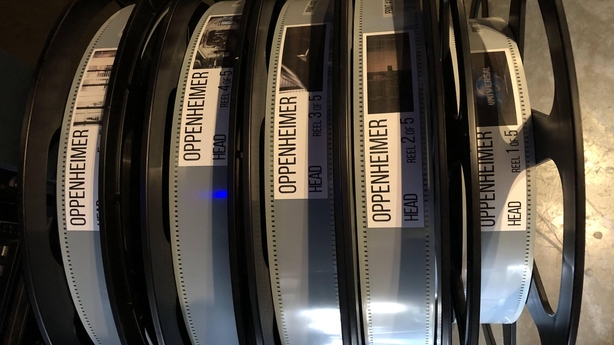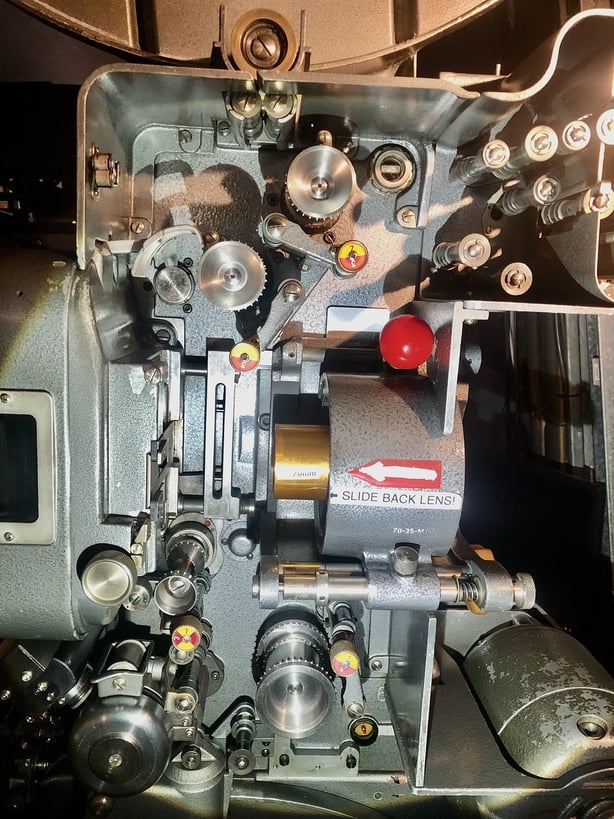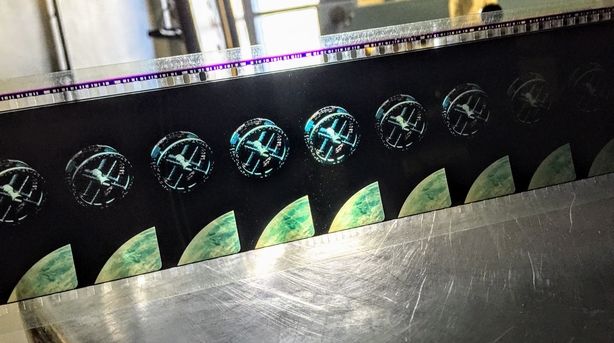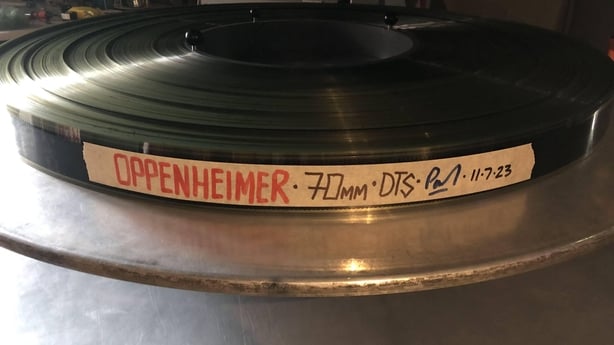It's all about moving parts, you see. A tactile experience that translates to the eye.
I’m talking about film. Actual moving-picture film. Not only does it still exist, it’s coming to cinemas once again in the form of Christopher Nolan’s Oppenheimer.
A card-carrying acolyte of celluloid (technically film prints are made from very stable polyester these days), Nolan’s new film will be projected in both 35mm and huge 70mm at cinemas which still retain the equipment. All other picture houses will show it digitally.
Just like the purge of vinyl record players from homes, cinemas were encouraged to swop out their film projectors for the new age of digital that swept the industry over a decade ago.
The big switch was transformative. No more scratched and faded movies. Every screening would be pristine, from first show to closing night weeks or months later. That remains true to this day, and is the best aspect of digital cinema.
But it came at a price. We lost something.
Digital cinema can look fantastic. It can also be taxing to the eyes. Most digital and all film prints run at twenty four frames a second. But with film, your eyes get a break. For a film projector to advance each frame along to the next, it must close the shutter, leaving a black screen. This happens so fast - twenty four times every second - it’s virtually imperceptible, though if your projector isn’t well calibrated, there will be a pronounced flicker - hence the term 'the flickers’, or 'the flicks'.

With digital, there is no rest for the eyes.
That’s the audience's experience. What’s going on up in the projection booth? Well, it’s noisier, I can tell you that much. And a lot more stressful. With digital, your biggest enemy is a power cut. With film, it’s pretty much every external moving part. Whenever I see scratched newsreel and documentary footage from bygone eras, I can often tell what part of the projector set-up made a particular type of mark.
A film print, by nature of being exposed to the machine and the atmosphere, is inevitably going to pick up some dust and wear throughout its life. A good projectionist will endeavour to keep this to a minimum. Believe me, I’ve had stress dreams during 70mm film runs.

But I take it all onboard, because the results can be, and often are, breathtaking.
I’ve had two great epiphanies with film since I became a cinema projectionist twenty four years ago. Both were with movies I’d seen before. But never in the cinema. Never on the huge screen on the format on which they were shot.

The first was Stanley Kubrick’s 2001: A Space Odyssey. A bit obvious, I grant you; but if you are in need of an existential religious experience, see that film in a widescreen cinema with a full house with the volume turned up to seven.
The second was with Ryan’s Daughter. I’d seen this when I was a kid with my mum and sister on RTÉ one night. But, when I saw it at the Irish Film Institute on 70mm not long after starting my job in the booth... The infamous storm sequence - that’s a real storm. Those are real extras. Those are giant waves. And there’s David Lean and his cameraman, Freddie Young, holding fast to their large format camera, capturing it for all eternity.

Christopher Nolan and his cameraman, Hoyte Van Hoytema, did not explode a real atomic bomb for the sake of cinema. But they did follow in their forefather’s filmmaking footsteps by shooting on 70mm film. Nolan has done this with several of his movies. If you’ve been reluctant to slip back to the picture house in our post-COVID world, the story of the founder of our nuclear planet - played by our own Cillian Murphy, the moral challenges, the regrets, and the pure wonder of creation and the legacy of destruction... it’s all there waiting for you now at the flicks.
Oppenheimer is in cinemas nationwide now, and is screening in 70MM and 35MM at the Irish Film Institute, Dublin.


